
The estate of the late John Sayen has graciously given permission to the Tactical Notebook to serialize his study of the organizational evolution of American infantry units. The author’s preface, as well as previously posted parts of this book, may be found at the bottom of this page.
This post continues the study of cannon companies begun with the following article.
Over the course the Second World War, the cannon companies of US Army infantry regiments took three very different forms. For the first year of their service, each unit of that type rated eight standard field pieces that had been mounted on armored half-tracks. In 1943, cannon companies exchanged their self-propelled weapons for towed ordnance. In June of 1945, in anticipation of the invasion of Japan, cannon companies reverted to self-propelled weapons, this time in the form of tank-mounted howitzers.
When, on 1 April 1942, the cannon company made its first appearance in tables of organization, it consisted of four fighting platoons. Of these, one rated two 105mm howitzers that had been fitted to armored half-tracks and three employed pairs of self-propelled cannon that fired shells with a caliber of 75mm.
The 75mm weapon was supposed to have been the pack howitzer adopted in 1940. However, as production of those pieces had just begun, many of the half-tracks issued to cannon companies sported improved versions of the famous ‘French 75’ of the First World War . (While both the pack howitzer and the field gun fired the same projectiles, the latter was a much heavier weapon that used a much larger charge to propel their shells over a much flatter trajectory.)
Later in 1942, when US Army infantry regiments went into action in the South Pacific, they found their self-propelled pieces poorly suited to service in the jungle-covered hills of Guadalcanal and New Guinea. As a result, the men of such units often found themselves serving on foot, whether as riflemen or as porters.
The half-tracks enjoyed greater success in North Africa. Nonetheless, the authors of after-action reports often complained that the half-tracks proved conspicuous on the battlefield, too heavy for many bridges, and dependent upon large amounts of fuel. In the same season, planners at the War Department, chief of whom was the commander of US Army Ground Forces, Leslie J. McNair, noticed that the cannon company they had designed took up a great deal of space on the ships that carried infantry regiments across to the seas.
On 1 March 1943, General McNair signed a table of organization for standard infantry regiments that replaced the eight self-propelled field pieces of the cannon company with six towed 105mm howitzers. Moreover, rather than serving in a company of their own, the three platoons armed with these weapons hung their helmets (so to speak) in the regimental headquarters company.
The new establishments proved even less popular with front-line commanders (such as the soon-to-be-famous Dwight D. Eisenhower), than the ordnance-toting half-tracks had been. Thus, on 1 July 1943, McNair approved a framework that restored cannon companies to infantry regiments.
The new cannon companies inherited the three howitzer platoons that had been hiding in the regimental headquarters company. They also received the means, in the form of officers, clerks, and communicators, of massing indirect fires in the manner of a proper field artillery battery.
In the course of the two years that followed, cannon companies often worked so closely with their red-legged counterparts that many observers (forward and otherwise) called for their incorporation into the divisional field artillery establishment. On 1 June 1945, the War Department signaled its agreement with this point-of-view by promulgating tables of organization that added two additional howitzers to each field artillery battery and, at the same time, replaced the towed artillery pieces in the cannon company with tanks.
Ideally, the recast cannon companies would have received the version of the new Pershing tank in which the default main armament had been replaced with a 105mm howitzer. However, as the latter had only just begun to roll of assembly lines, most of the cannon companies could expect to receive the ‘assault gun’ variant of the Shermans, the M4 (105).
The estate of the late John Sayen has graciously given permission to the Tactical Notebook to serialize his study of the organizational evolution of American infantry battalions. The author’s preface, as well as previously posted parts of this book, may be found via the following links:




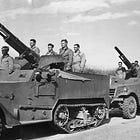
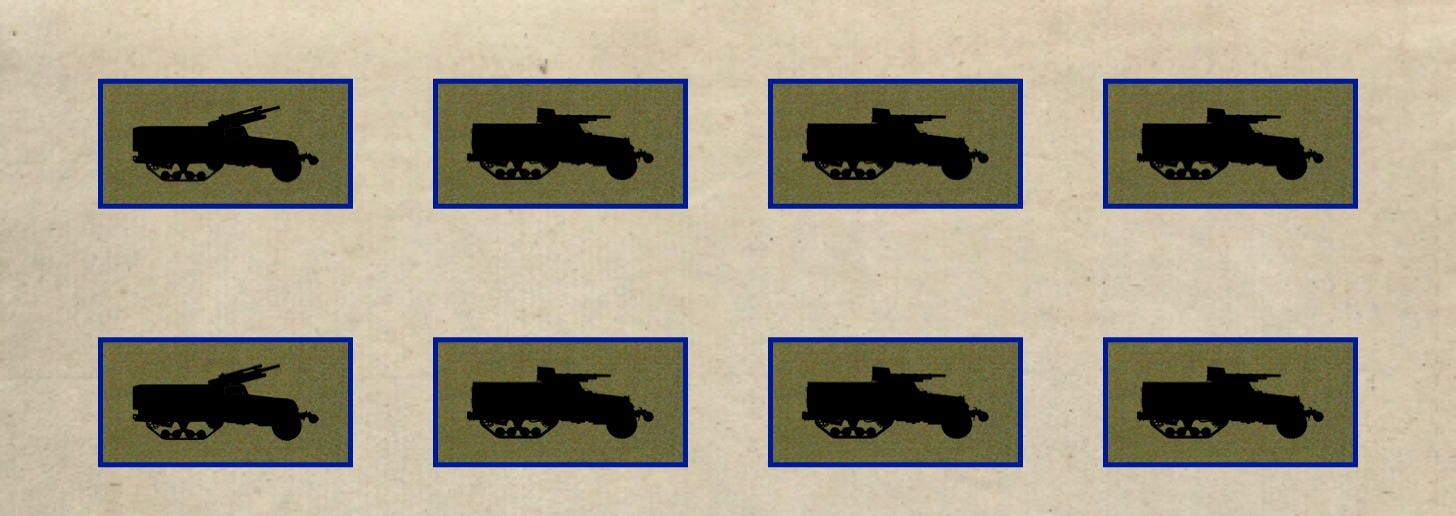


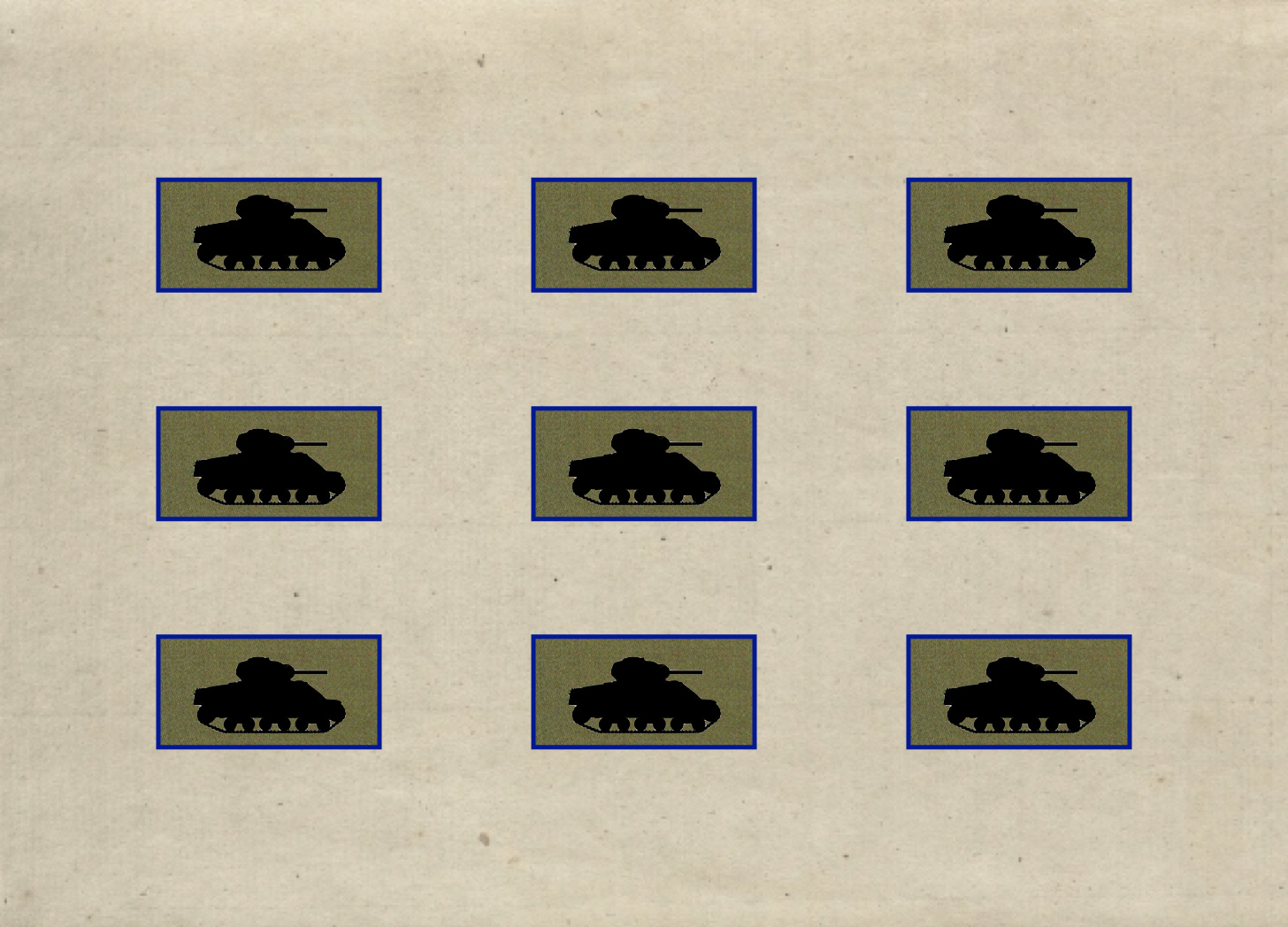
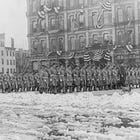
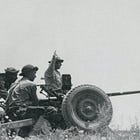
You are really doing fantastic work with these historical vignettes. Thank you!